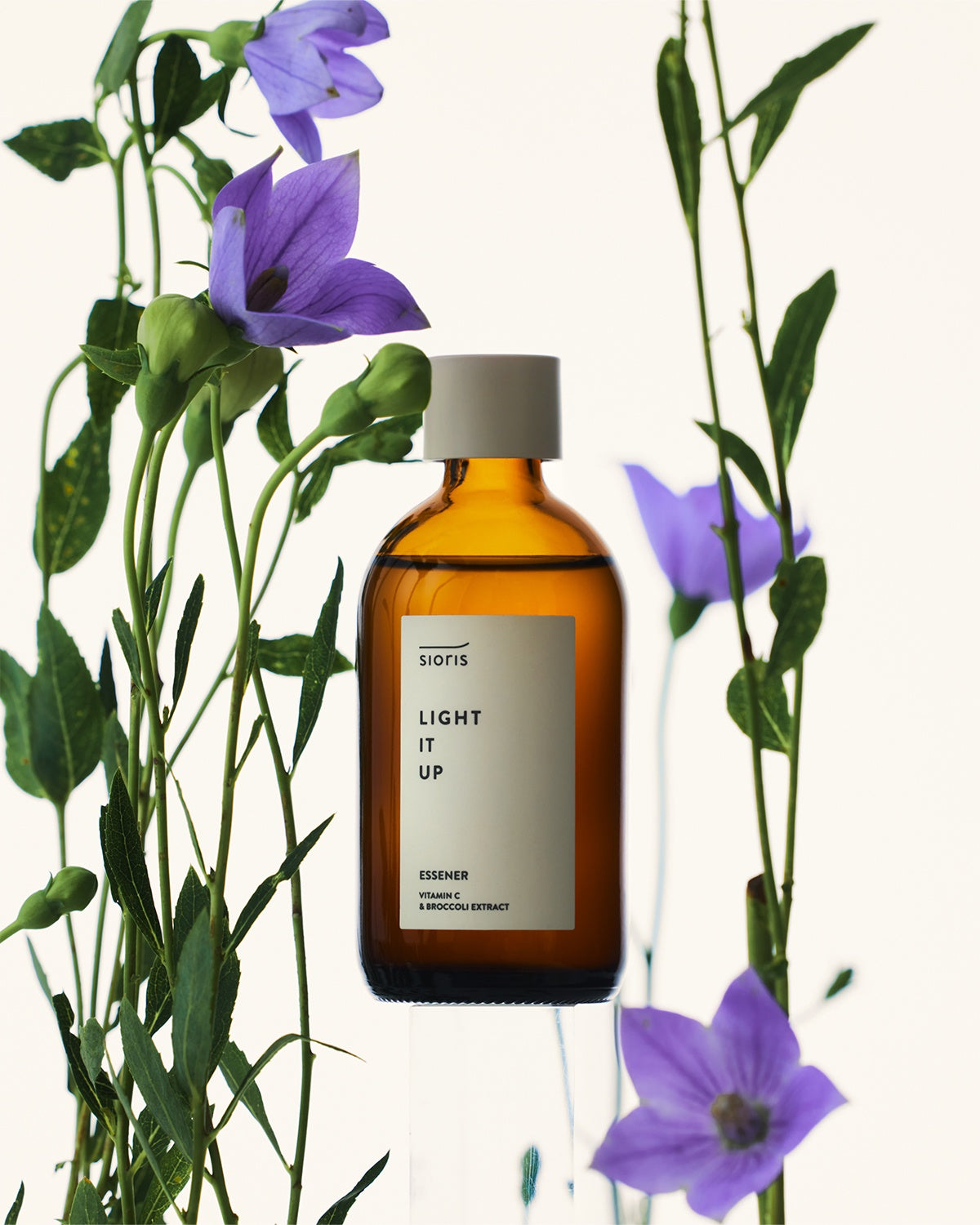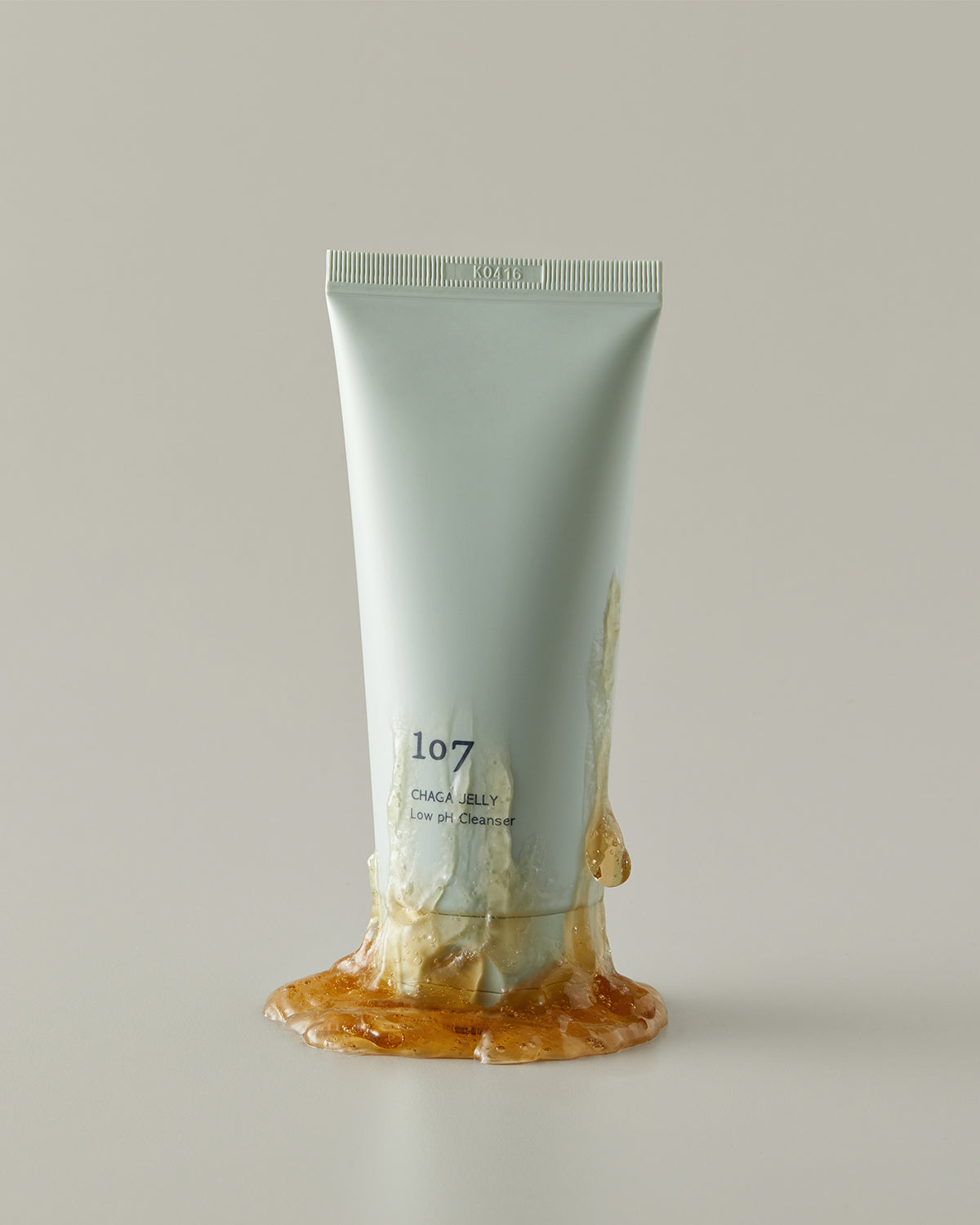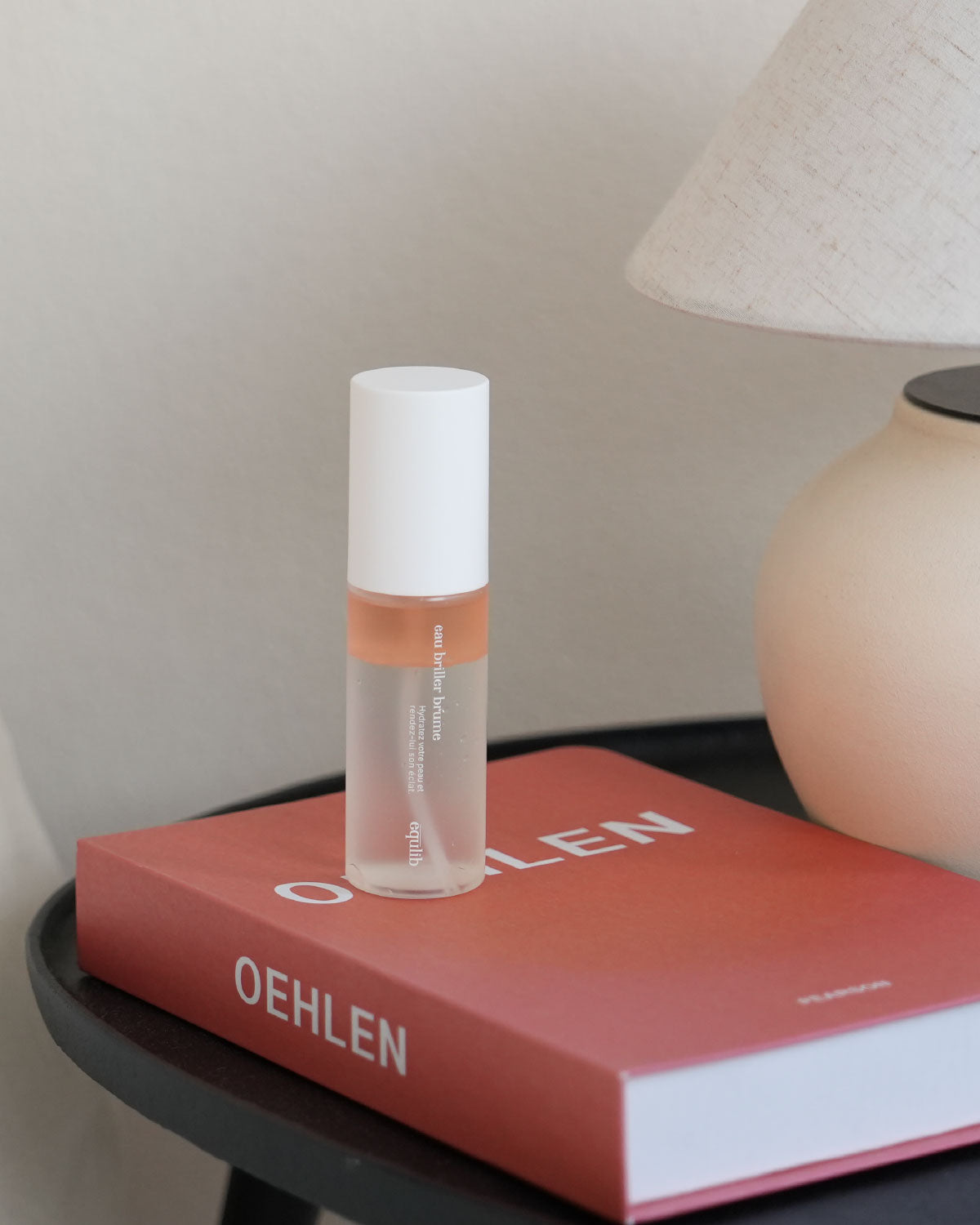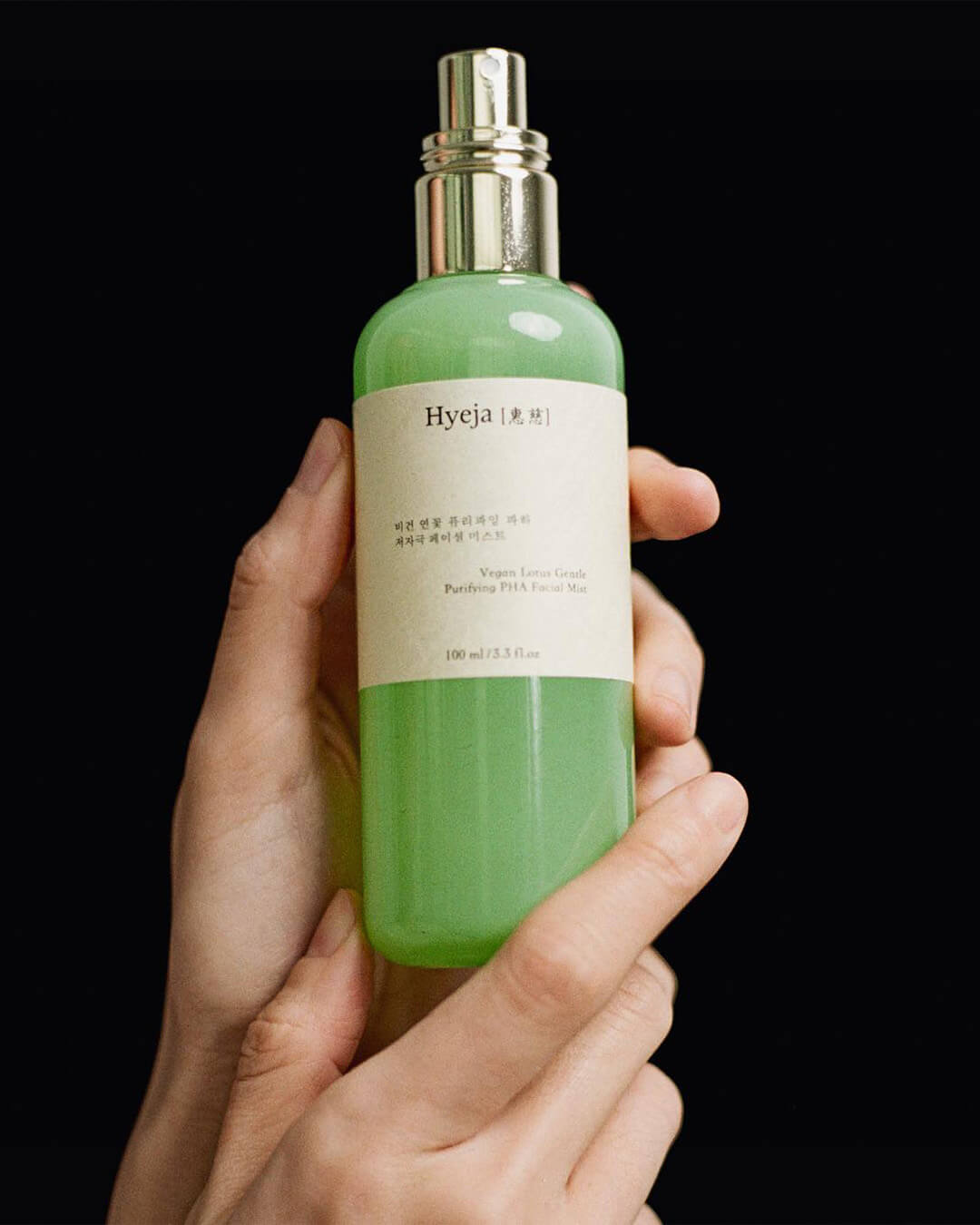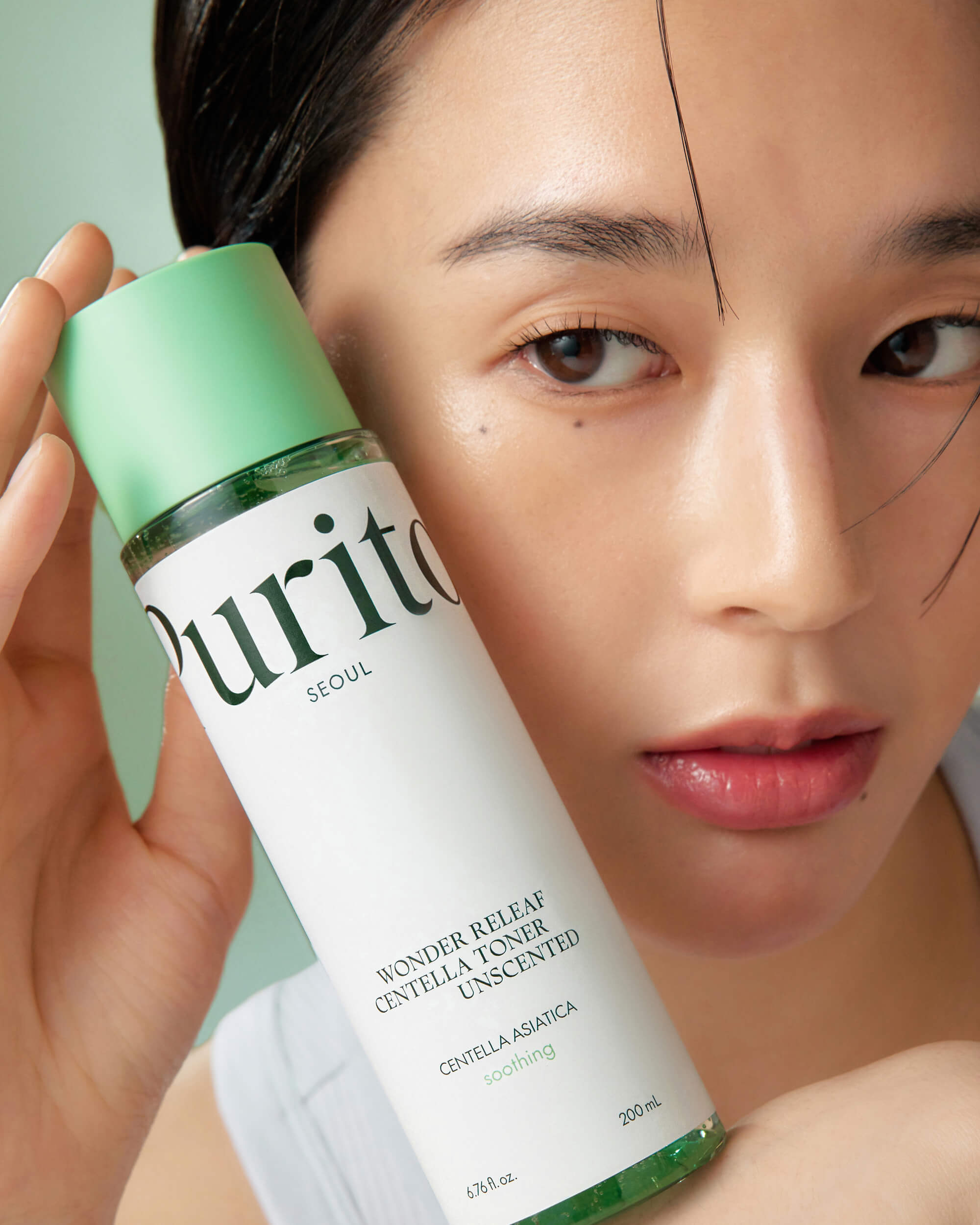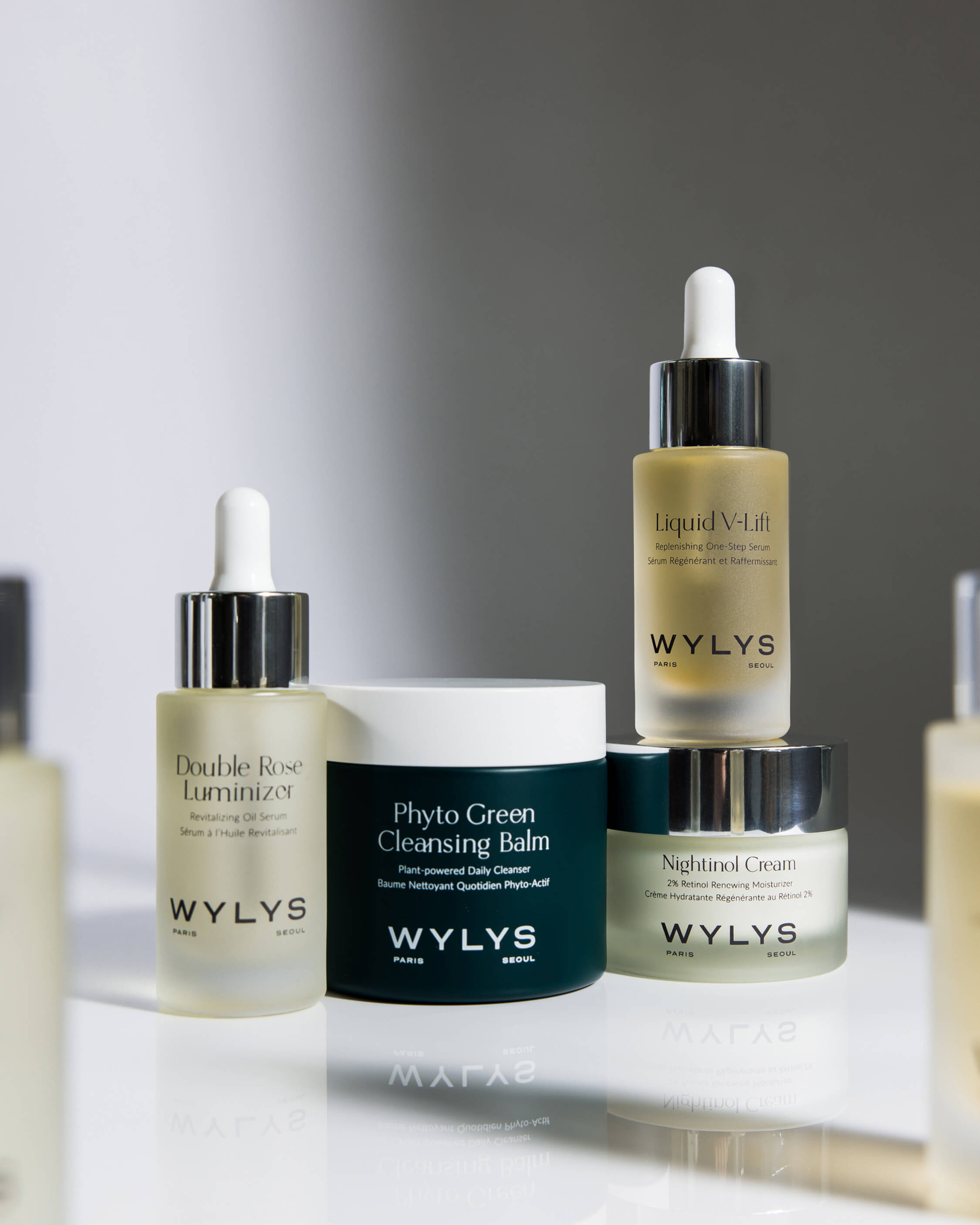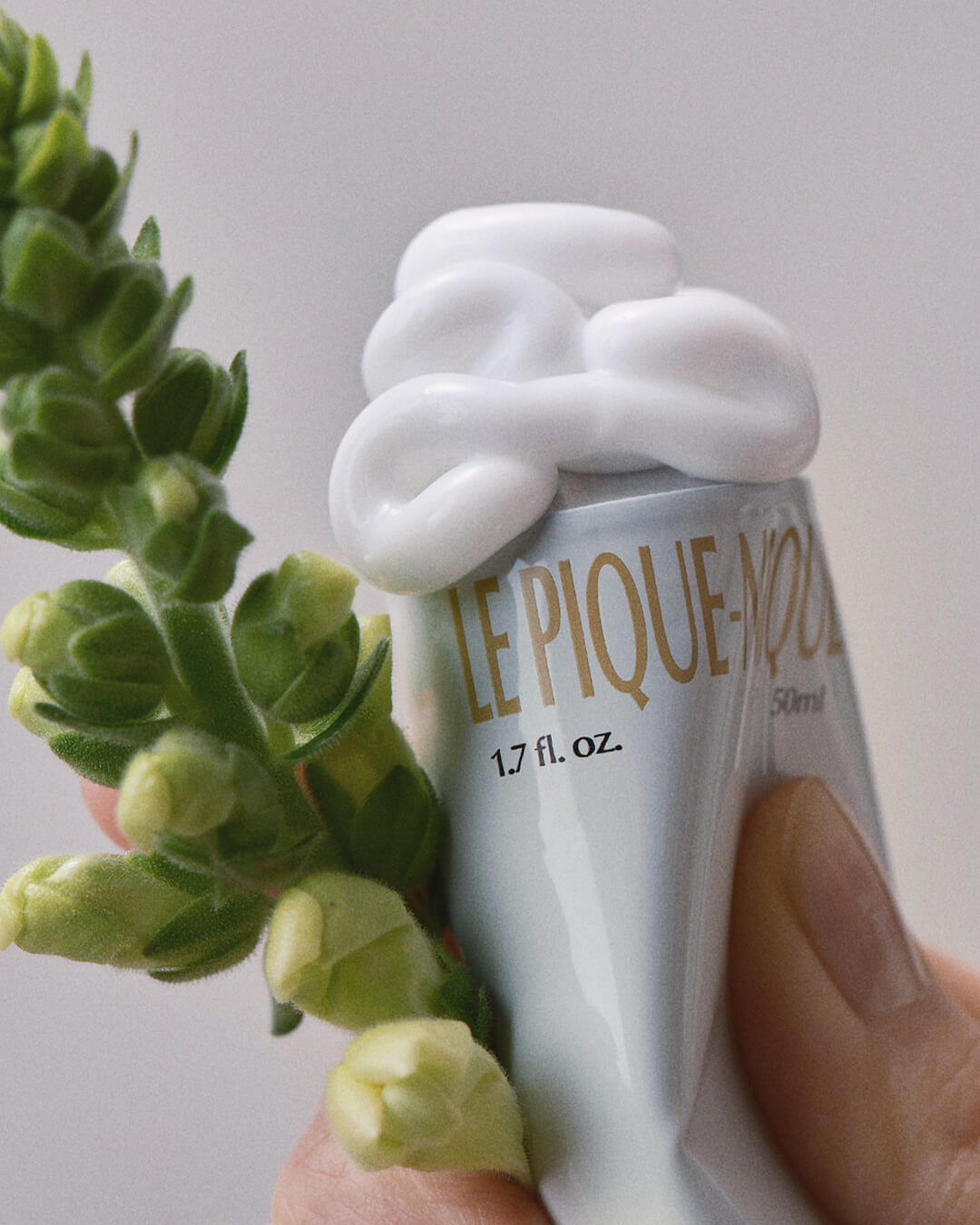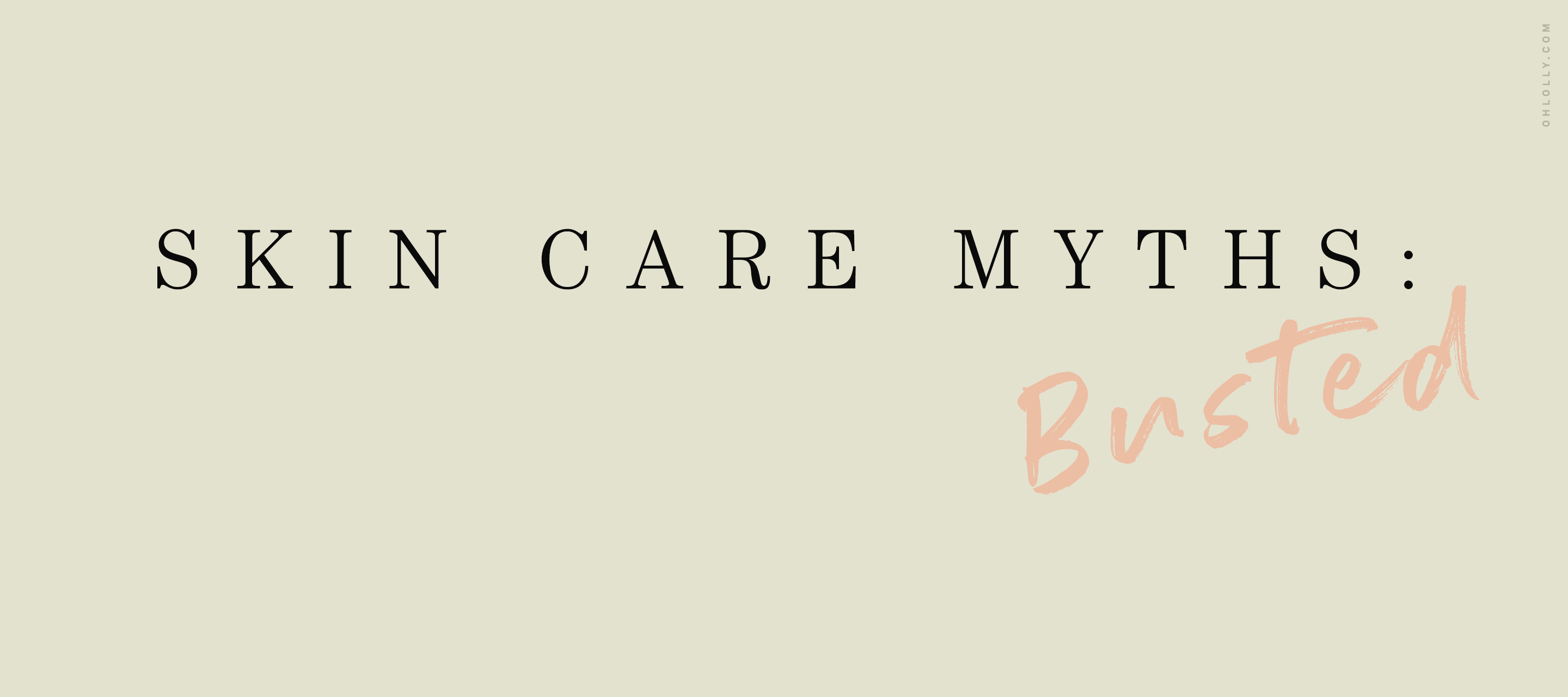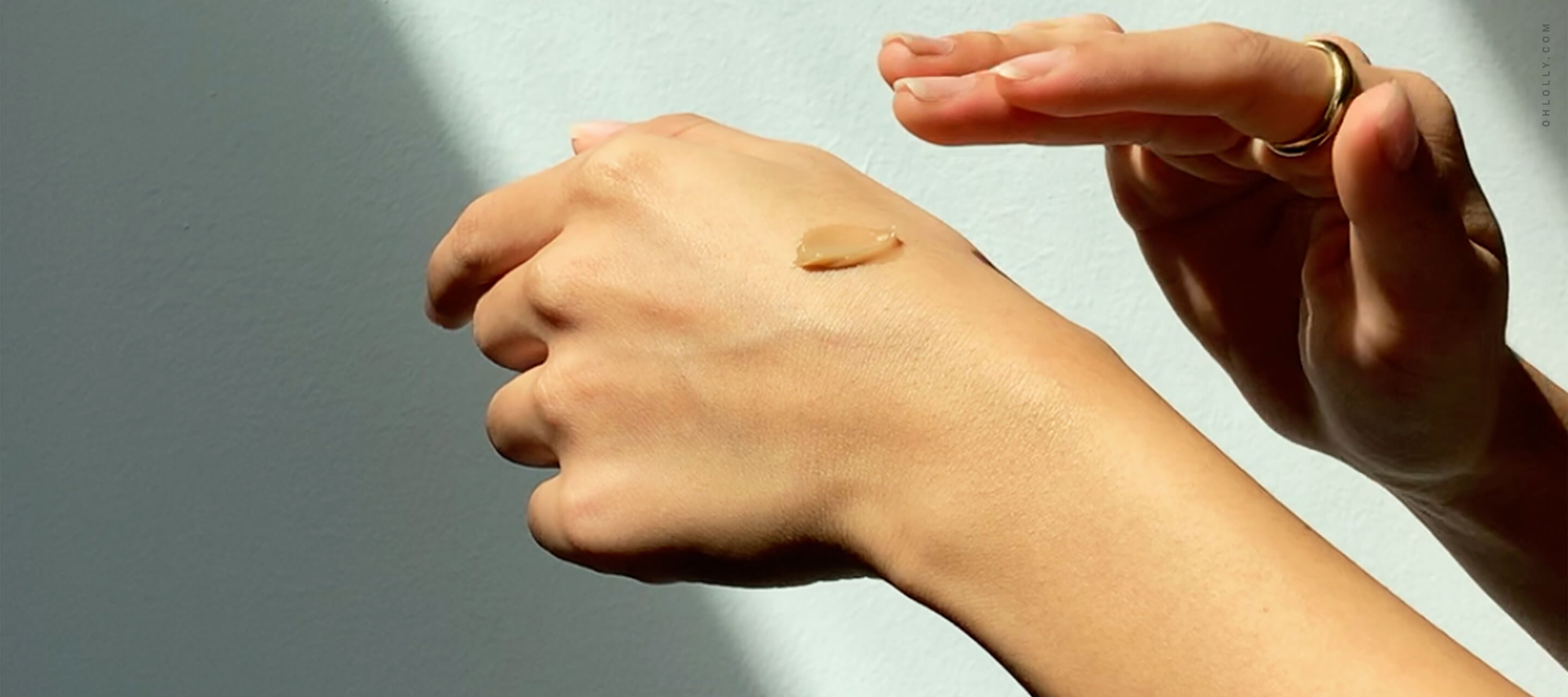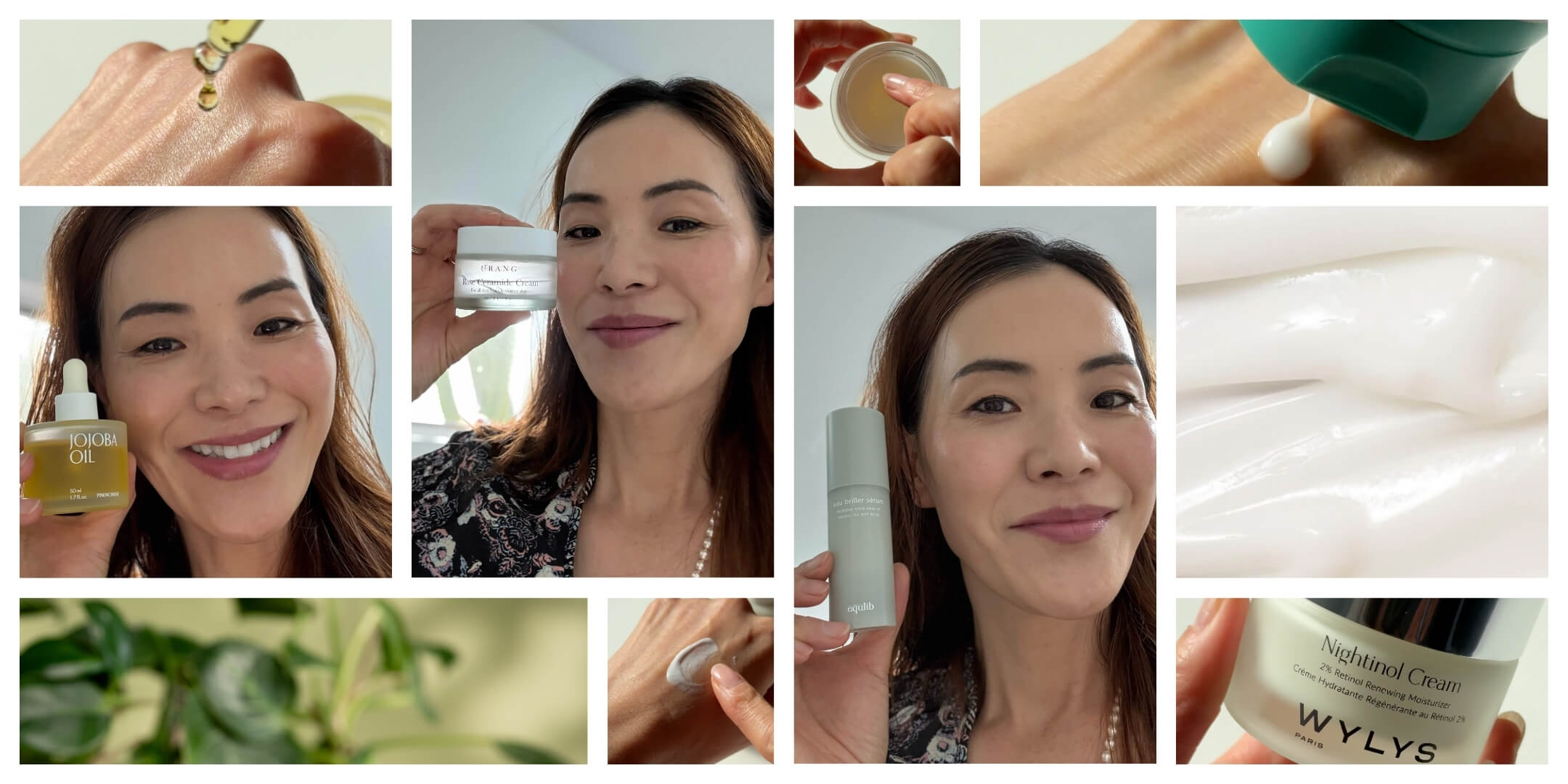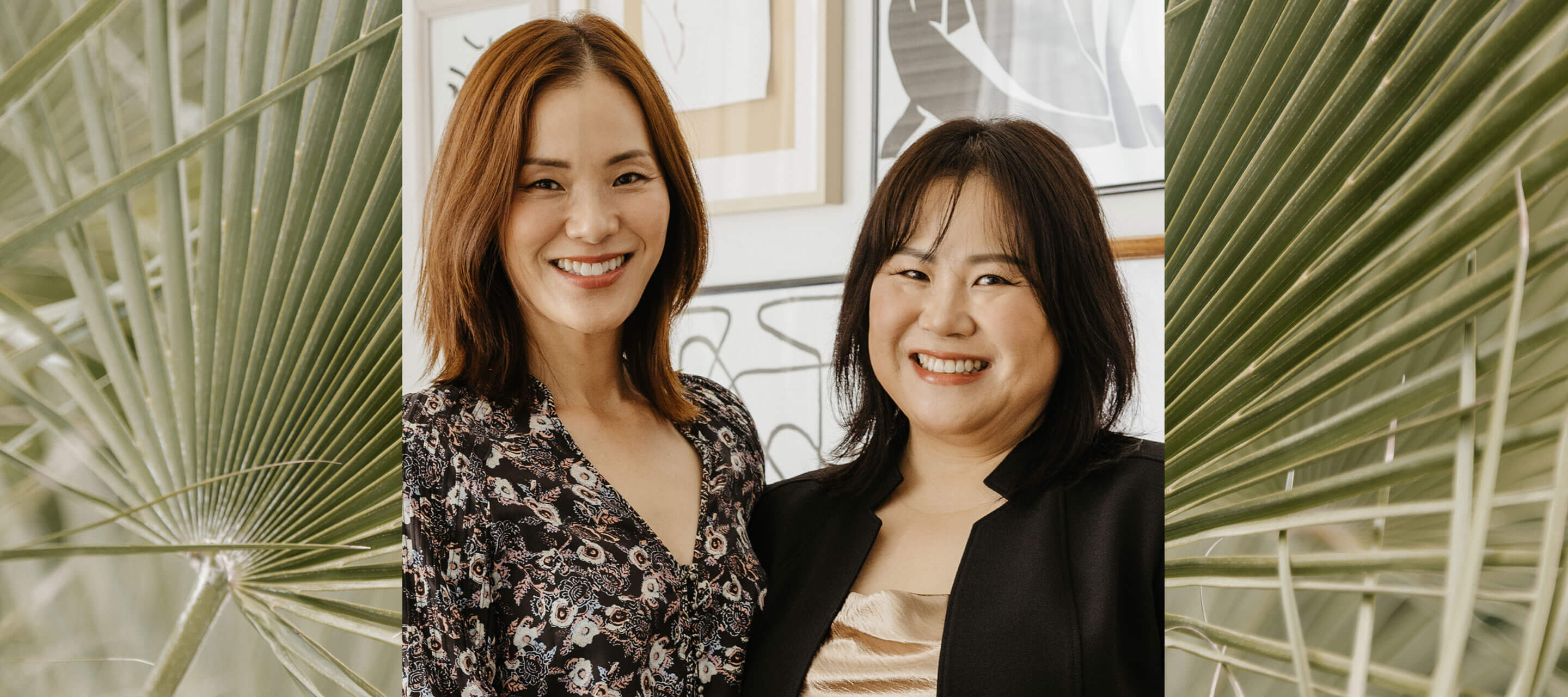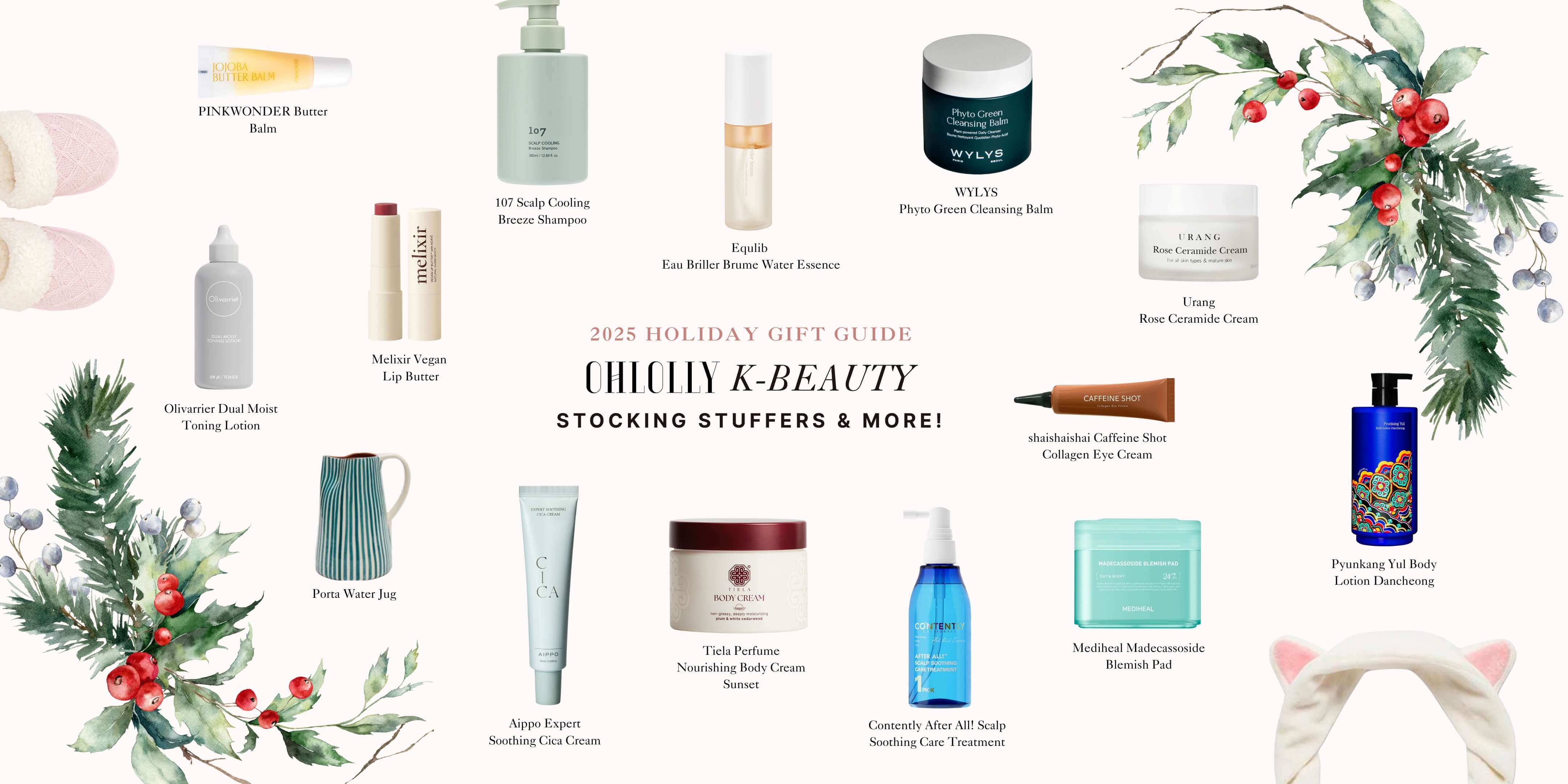A quick refresh on the basics: Sunscreen is one of the best anti-aging products you can use on your skin, protecting it today from visible signs of sun damage tomorrow. Since most dermatologists recommend wearing SPF every day (even on cloudy or overcast days), here’s how to select the best one for your skin.
Mineral vs. Chemical
Sunscreens protect the skin from absorbing damaging ultraviolet (UV) radiation in one of two ways: They either physically block the skin from absorbing the sun’s rays or catalyze a reaction within the skin to transform the rays into heat.

Mineral sunscreens utilize mineral compounds like zinc oxide and titanium dioxide, which sit on the surface of the skin and help reflect UVA and UVB rays. These are usually thicker to apply and can leave a white cast on the skin, but there are a few that are deeper skin tone-friendly, like Pyunkang Yul’s ATO Sun Cream.
Chemical sunscreens, by contrast, are usually lighter and more cosmetically elegant. These use chemical UV filters like oxybenzone*, avobenzone, octisalate, octocrylene, homosalate, octinoxate, and many others, to convert UV light to heat and radiate it from the skin.
*Ohlolly does NOT carry any sunscreen with this ingredient, which is known to be associated with photoallergic reactions.
The Benefits of Zinc Oxide
In addition to blocking UVA and UVB rays in mineral sunscreens, it turns out that zinc oxide also provides a few other benefits for the skin, especially sensitive skin. Zinc oxide can be helpful for treating irritations, minor burns and some rashes. It can also balance sebum production and treat acne inflammation.
While not officially an antioxidant, zinc oxide does function like one. It’s a key mineral in the skin’s defense system, lessening the formation of damaging free radicals and protecting the skin’s network of lipids (fats) that help it appear hydrated, full and healthy.
UVA vs. UVB Damage
To understand in greater detail how prolonged sun exposure can damage the skin, read this post we published over the summer.
In the meantime, simply remember that UVA = Aging and UVB = Burn. UVA rays are longer in wavelength and lead to long-term skin damage, noticeable signs of aging like rough patches, hyperpigmentation, wrinkles and fine lines. UBA rays are shorter and have a more immediate effect. They cause the skin redness and inflammation we typically think of as a “sunburn.”
Both types of UV rays damage the DNA in skin cells. Over time, faulty DNA can lead to poor cell repair and possibly even skin cancer, so something as simple as applying a daily SPF is really one of the best ways to love your skin...every day!
Questions on choosing the best SPF? Email us at hello@ohlolly.com for personalized advice!

